
Dead Butt Syndrome Is Real

Dead Butt Syndrome, medically known as gluteal amnesia, occurs when the gluteus maximus—the largest muscle in your buttocks—loses strength and proper activation due to prolonged inactivity. This condition is becoming increasingly common in today’s modern, sedentary lifestyle, particularly among individuals who spend long hours sitting at desks, in cars, or on couches.
Disclaimer: This article is intended for informational purposes only and is not a substitute for professional medical advice. If you have concerns about your health, always consult a licensed physician or healthcare professional.
The Consequences of Prolonged Sitting
Sitting for extended periods has emerged as a serious public health concern, and the reasons are clear. Research links prolonged sitting to a variety of chronic health problems, including high blood pressure, elevated blood sugar, obesity, and cardiovascular disease. Even regular exercise cannot fully offset the harmful effects of sitting for hours at a time.
Beyond these systemic issues, sitting excessively also affects your muscles, joints, and posture—starting with the glutes. When these muscles remain inactive, it sets the stage for Dead Butt Syndrome.
What Is Gluteal Amnesia?
Gluteal amnesia occurs when your buttocks “forget” how to engage properly. When you sit for too long, your glute muscles remain dormant, and the body compensates by overusing surrounding muscles, such as those in the lower back, hips, and knees. Over time, this imbalance can lead to chronic pain, discomfort, and even injury.
Although weak glutes may seem harmless initially, they can disrupt your entire movement system. The glutes are among the strongest and most important muscles in the body, essential for stabilizing your pelvis, supporting your spine, and generating power for walking, running, and lifting. When these muscles fail to function correctly, smaller, weaker muscles take on the extra load, often resulting in pain, reduced mobility, and decreased athletic performance.
Signs of Dead Butt Syndrome
Common symptoms of gluteal amnesia include:
✔ Numbness or soreness in the buttocks after sitting for long periods
✔ Pain in the lower back, hips, or knees
✔ Difficulty activating or strengthening the glutes, even with regular workouts
✔ Postural issues, such as an exaggerated lower back curve (lordosis)
If you notice these signs, it’s important to consult a healthcare professional or physical therapist for a proper assessment. Simple self-tests, such as checking your posture in the mirror or evaluating how your glutes respond to basic exercises, can also help identify muscular imbalances.
Preventing and Treating Gluteal Amnesia at Home
While every individual’s body is different, incorporating small daily habits can prevent or even reverse Dead Butt Syndrome. Here are practical strategies:
1. Activate Your Glutes Daily
-
Include exercises like squats, glute bridges, lunges, or glute squeezes while lying down.
-
Just a few minutes of focused activation each day can wake up your glutes and prevent atrophy.
2. Reduce Sitting Time
-
Stand up every 30 minutes, even briefly, to stretch or walk around.
-
Add movement into your routine—take the stairs, walk part of your commute, or do desk stretches.
3. Maintain Proper Posture
-
Use chairs that provide ergonomic support for your lower back.
-
Avoid slouching, as poor posture weakens the glutes and overworks other muscles.
4. Take Active Breaks
-
Set reminders to move at least once every hour.
-
Simple activities like light stretches, short walks, or mini squats can reactivate glutes and improve blood flow.
5. Train for Strength and Flexibility
-
Strengthening the glutes through resistance exercises improves activation and stability.
-
Stretching muscles around the hips, hamstrings, and lower back helps maintain flexibility and reduces injury risk.
6. Support Your Muscles with a Healthy Diet
-
Excess body weight adds strain on glutes and surrounding joints, making recovery slower.
-
Eating a balanced diet rich in protein, healthy fats, and micronutrients supports muscle function and overall energy levels.
7. Consider Professional Guidance
-
Physical therapists or certified trainers can provide personalized exercises and posture corrections.
-
Even a single session can teach you how to properly activate your glutes and integrate movement into daily life.
Final Thoughts
Dead Butt Syndrome may seem minor at first, but its impact on posture, mobility, and overall quality of life can be significant. The encouraging news is that it is largely preventable and reversible. By combining regular movement, targeted strengthening exercises, proper posture, and mindful daily habits, you can keep your glutes strong, functional, and healthy.
Remember, even small actions—like standing up every half hour, stretching your hips, or doing a few glute bridges—can make a big difference in preventing gluteal amnesia. Your future self will thank you!
News in the same category

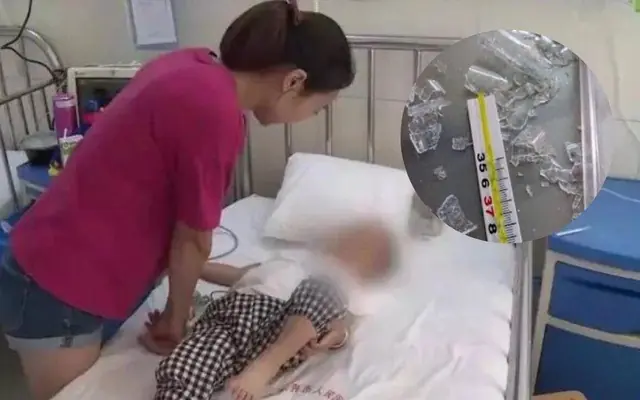
A 3-Year-Old Girl Bit a Thermometer and Swallowed Mercury: A Mother’s Smart Reaction Saved Her Daughter’s Life and Earned the Doctor’s Praise
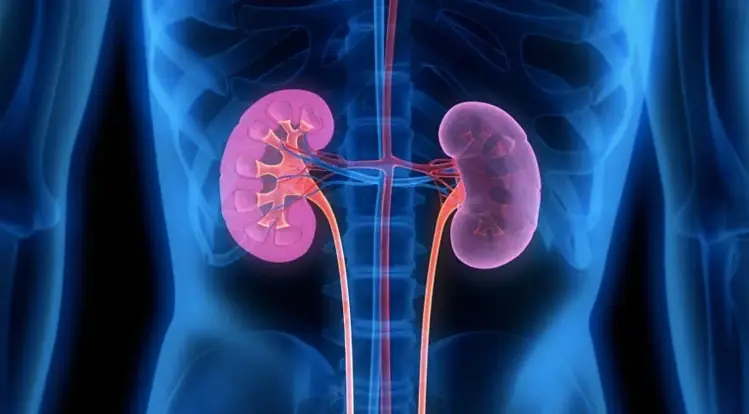
5 Signs of Kidney Failure That, If Ignored, Could Lead to a Lifetime of Dialysis
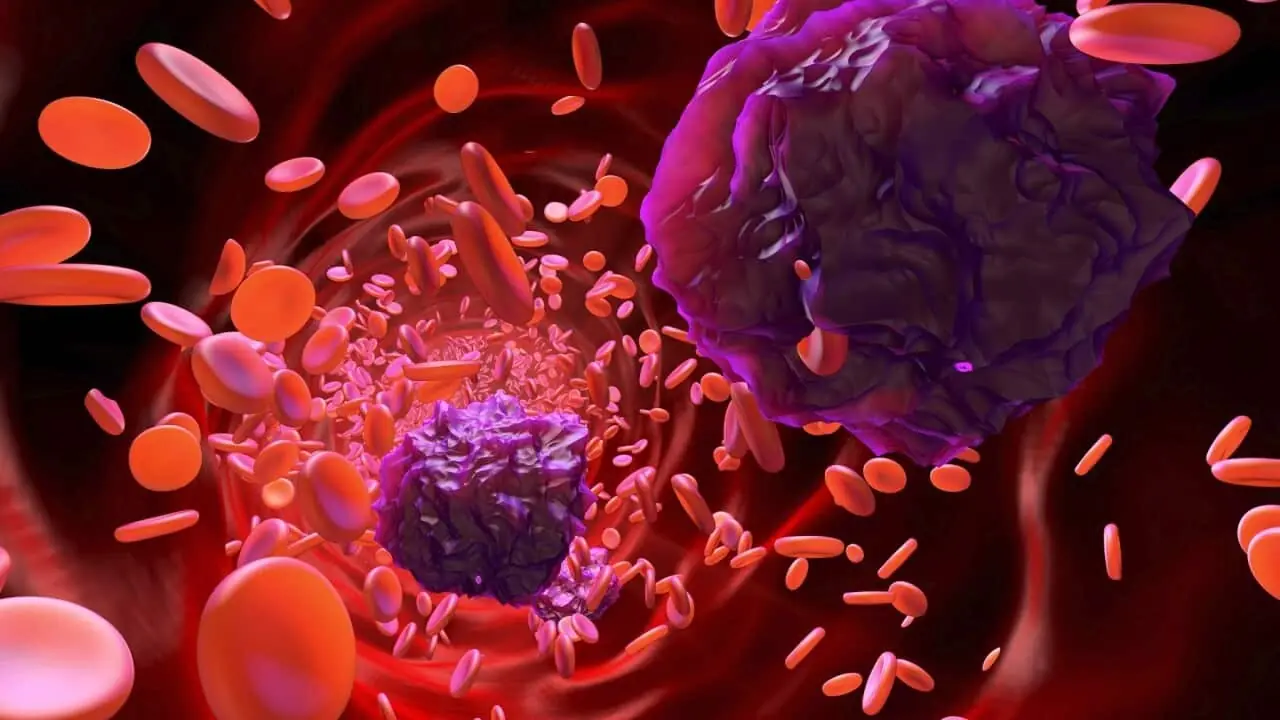
Is Cancer Hereditary? Useful Advice to Prevent the Growth of Cancer Cells

4 types of people who should avoid eating cucumbers

10 Warning Signs It’s Time to Cut Back on Caffeine

Legs Feeling Weak? These 3 Drinks Can Bring Back Your Strength
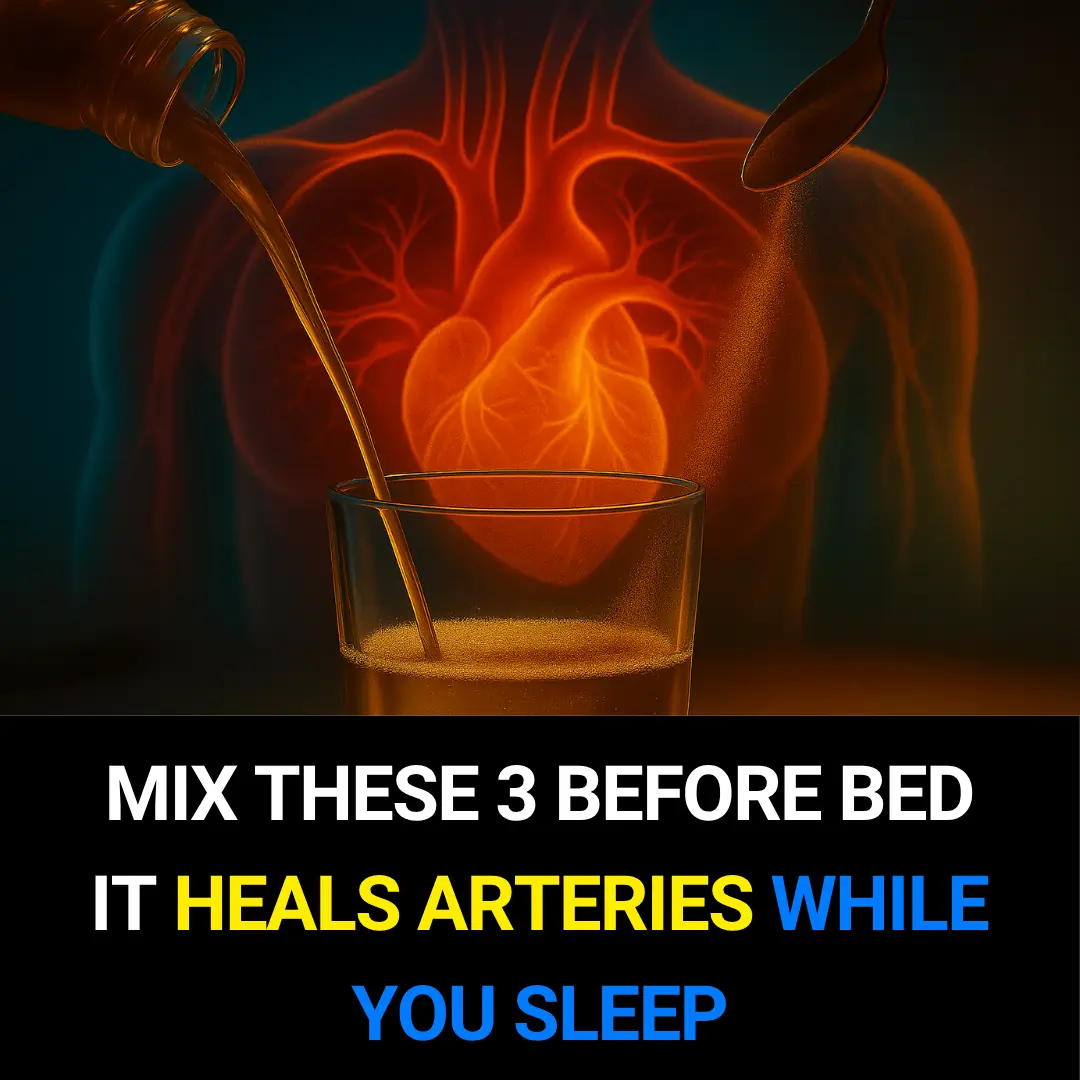
Mix These 3 Before Bed — They Help Heal Your Arteries While You Sleep
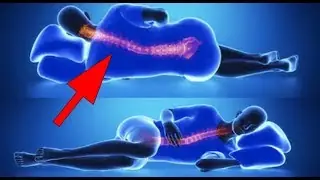
Stop Sleeping Like This — It’s Ruining Your Spine!
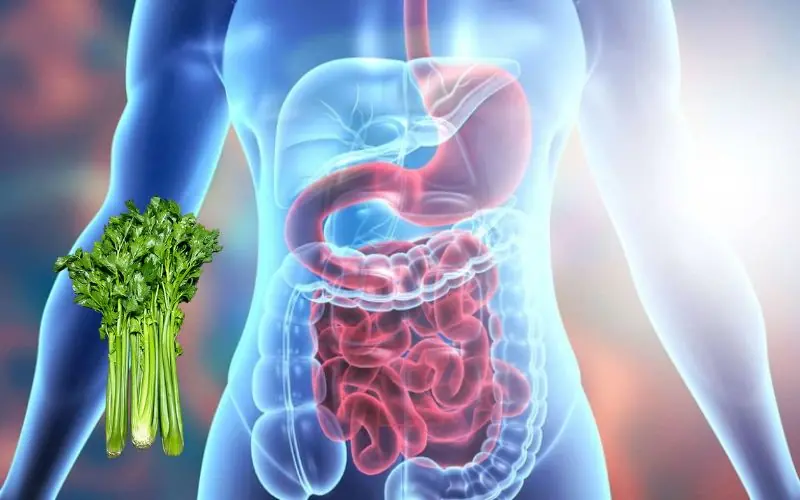
Eat Celery Regularly for a Healthier Digestive System and Lower Blood Sugar Levels
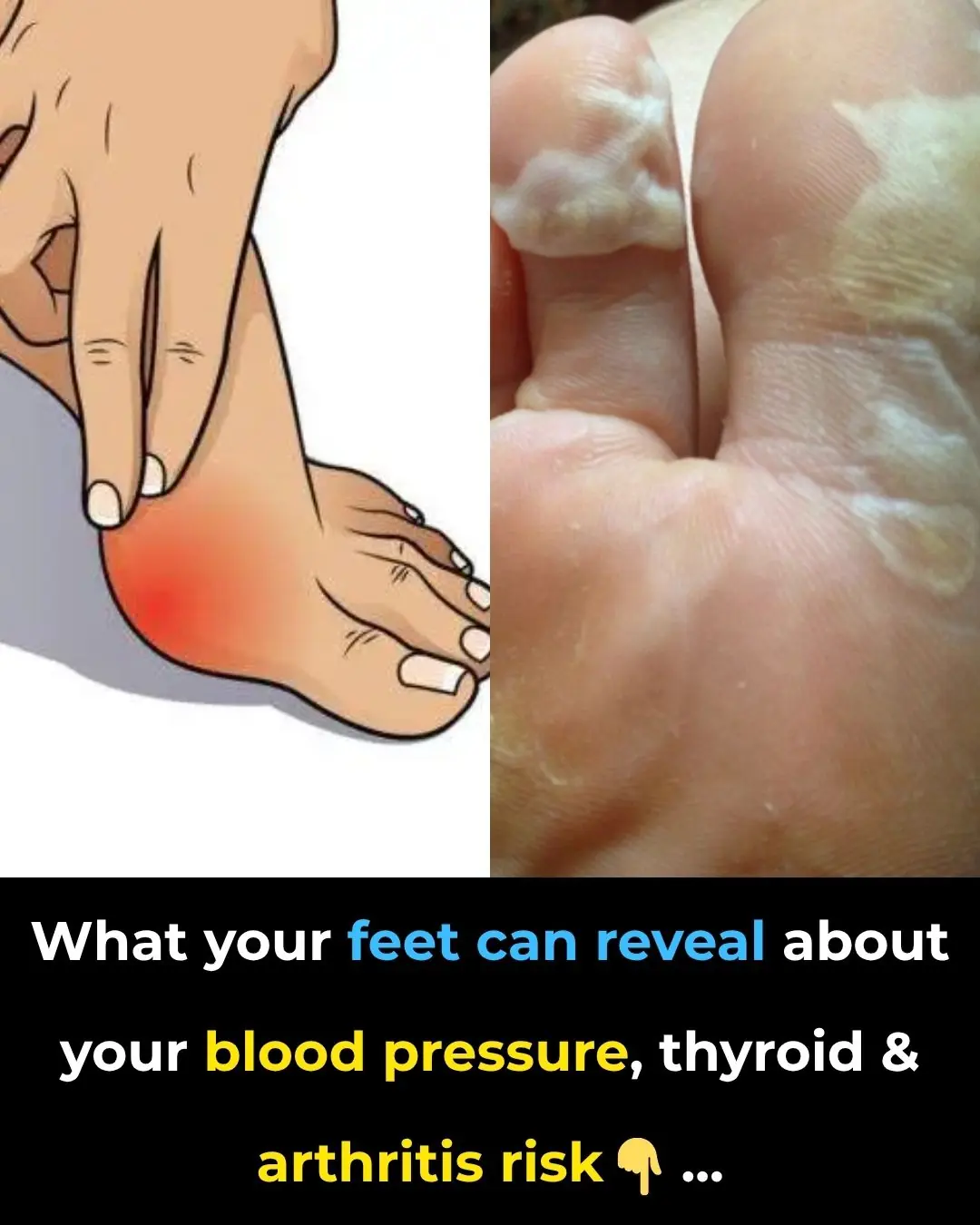
What Your Feet Can Reveal About Your Blood Pressure, Thyroid And Arthritis Risk

Stop Throwing Away Avocado Seeds: They’re Potent Cancer Fighters!

Why You Should Drink THIS Warm Turmeric Water In The Morning
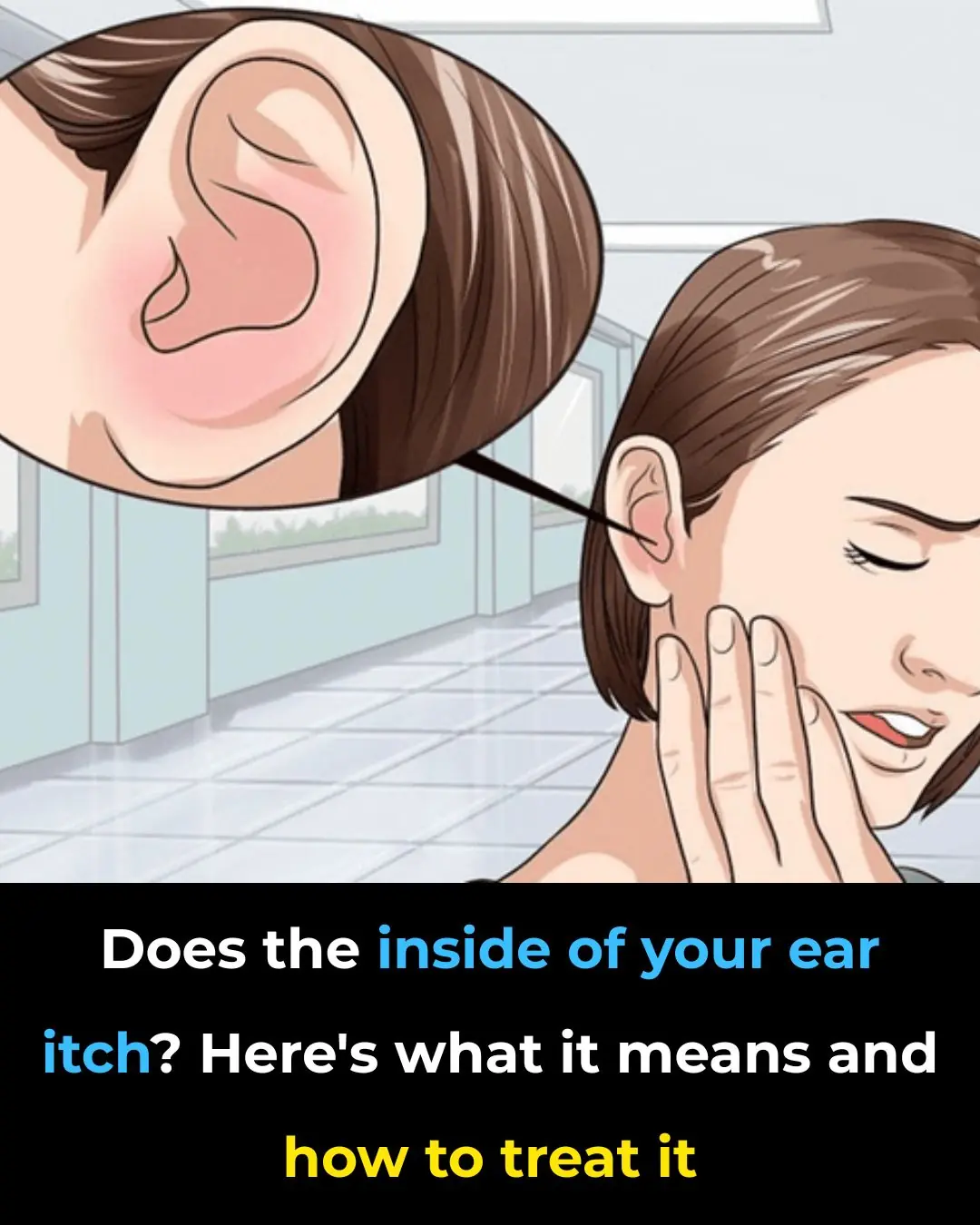
Does The Inside Of Your Ear Itch
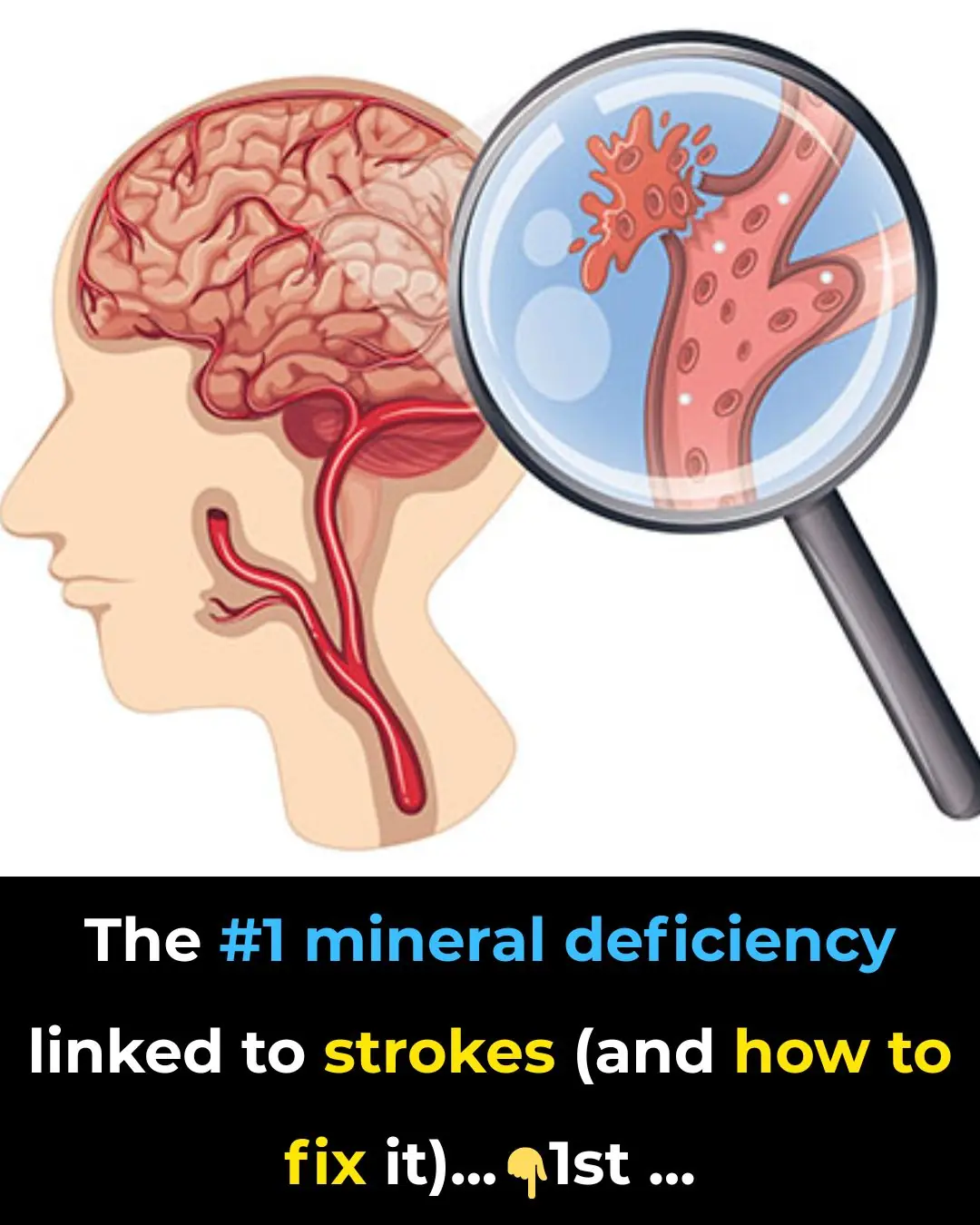
The #1 mineral deficiency linked to strokes (and how to fix it)

Top 8 vitamins that boost testosterone

Is Broccoli Better Than Cauliflower? The Real Truth About Cancer Risk, Heart Health and More

Eat 3 dates daily and these 6 things will happen to your body!
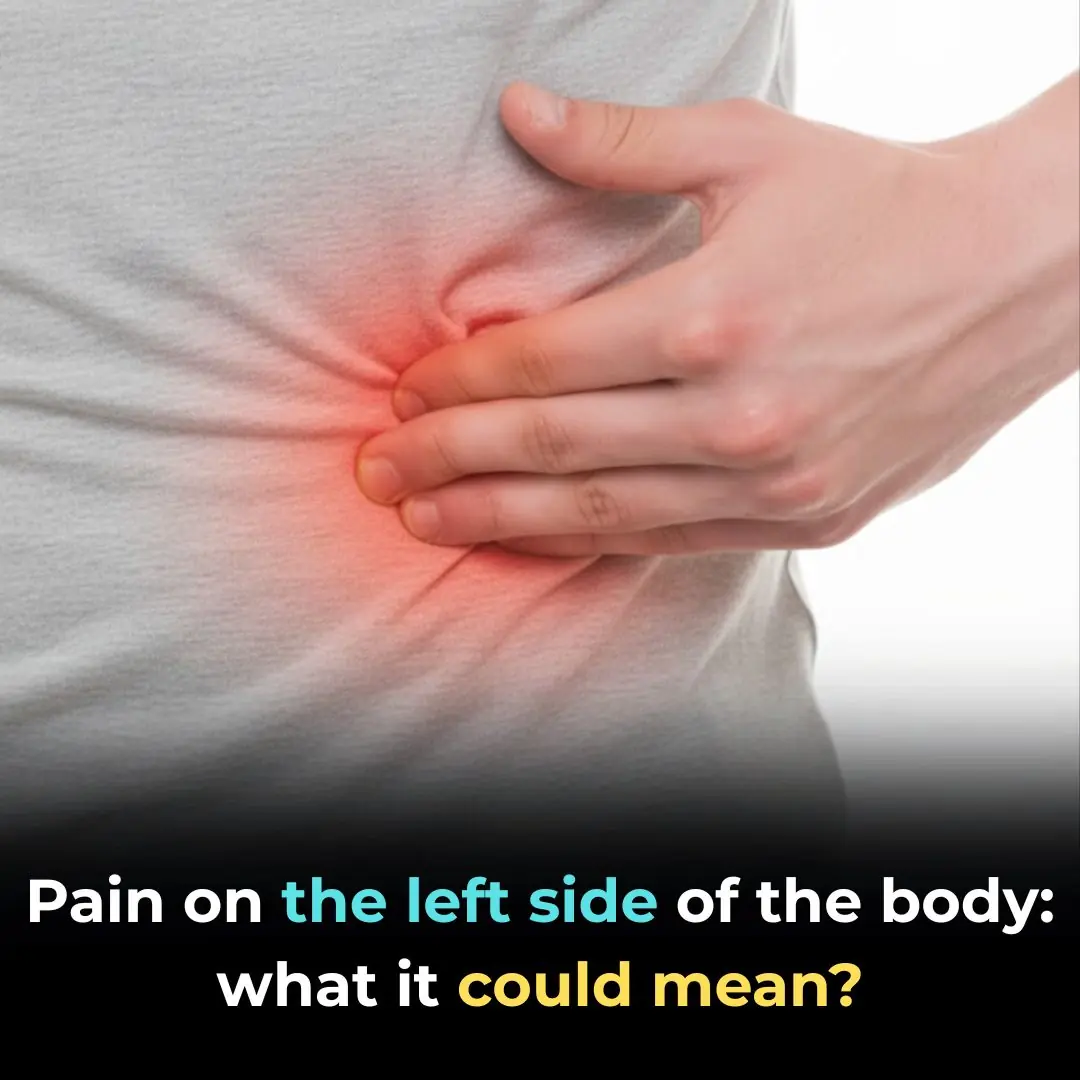
What Your Belly Is Trying to Tell You
News Post

Add these tablets in your oil, no hair fall and fast hair growth
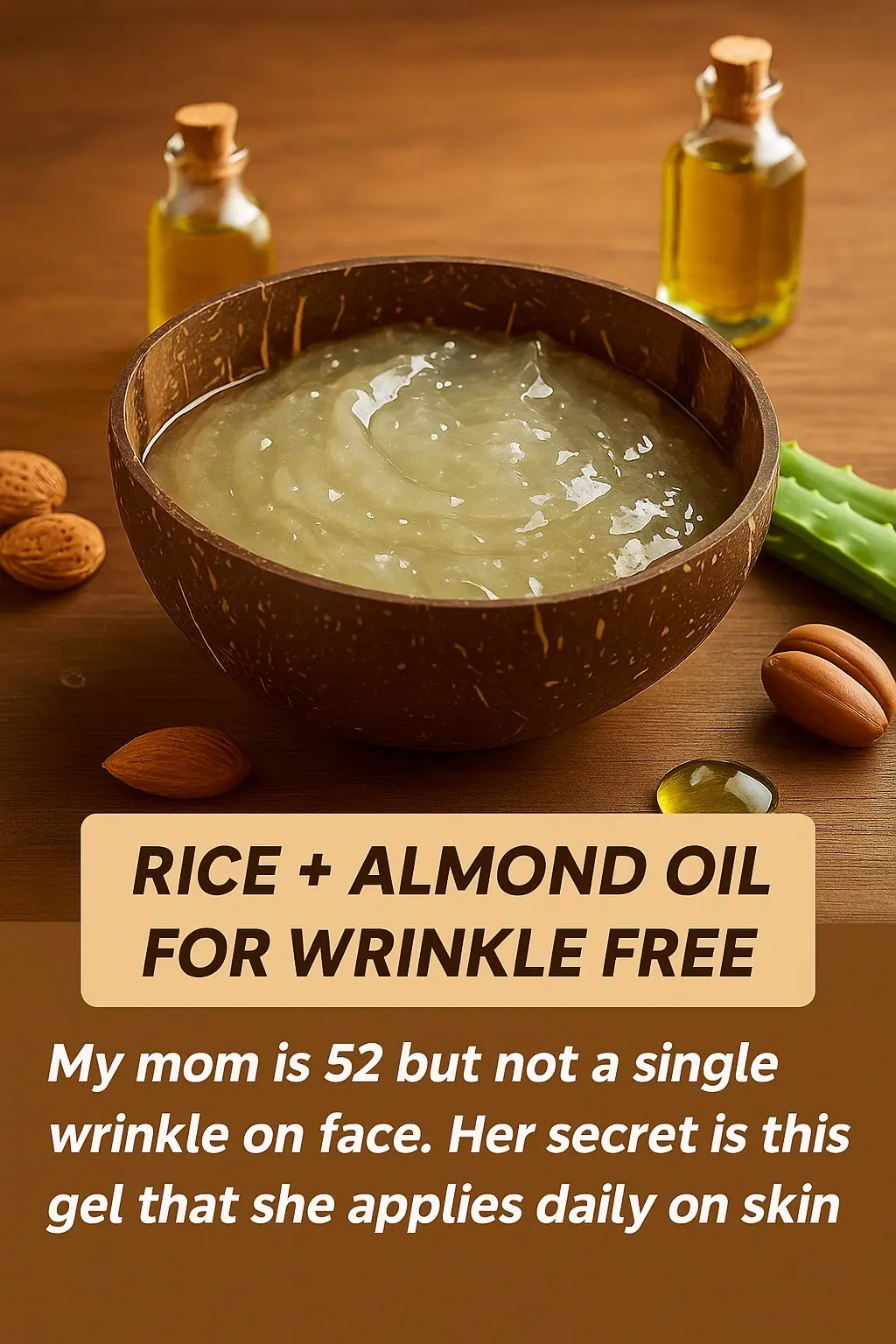
The Natural Anti-Aging Duo: How Rice and Almond Oil Can Help Smooth Wrinkles and Rejuvenate Your Skin

Popular Blood Pressure Drug Linked To Increased Risk of Skin And Lip Cancer

When making spring roll filling, remember 1 step carefully

Washing and conditioning hair with beer helps reduce hair loss and stimulates continuous hair growth
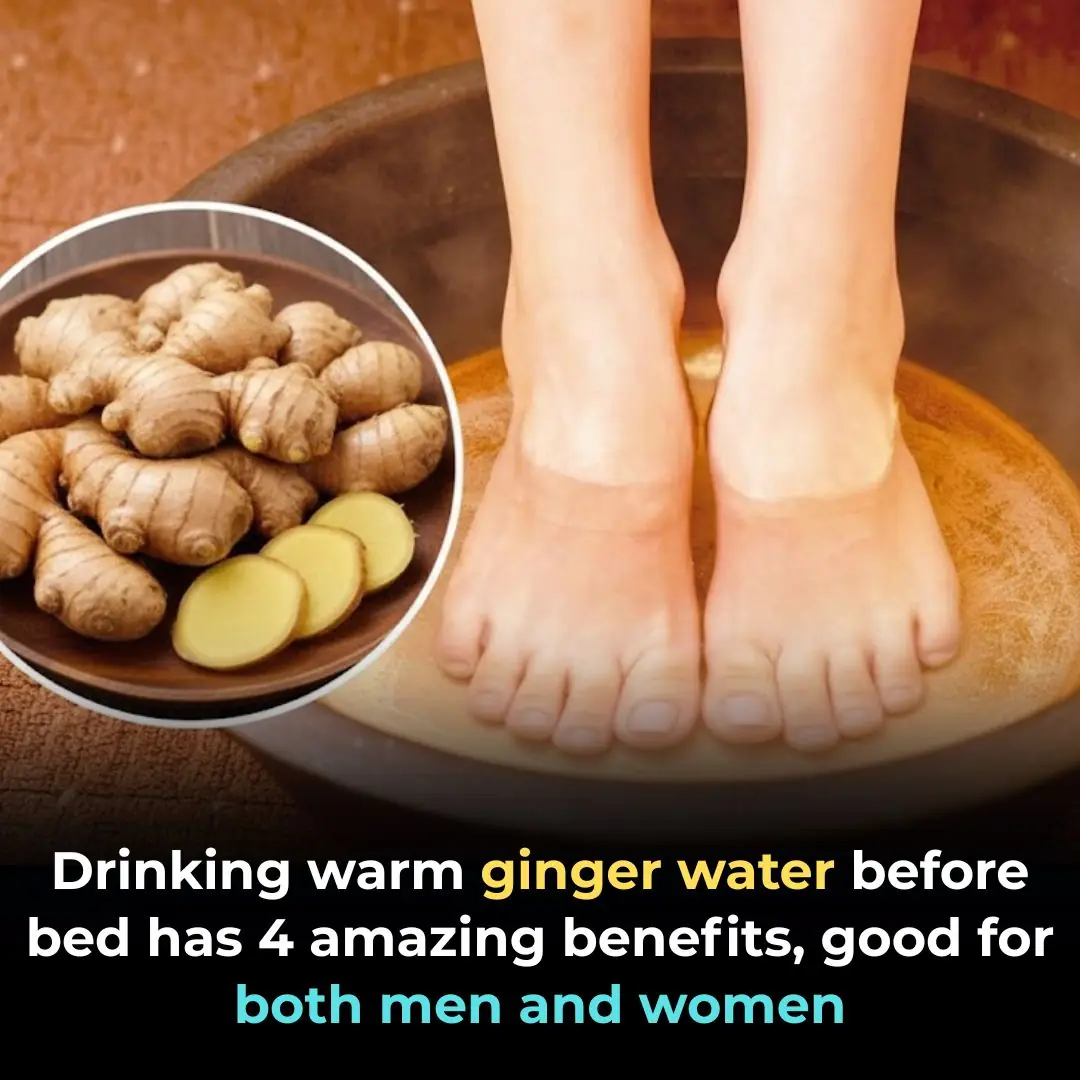
Soak your whole body with warm ginger water before going to bed.

Discover the Meaning of a Black Cat Approaching You

Add ice cubes to the bone broth
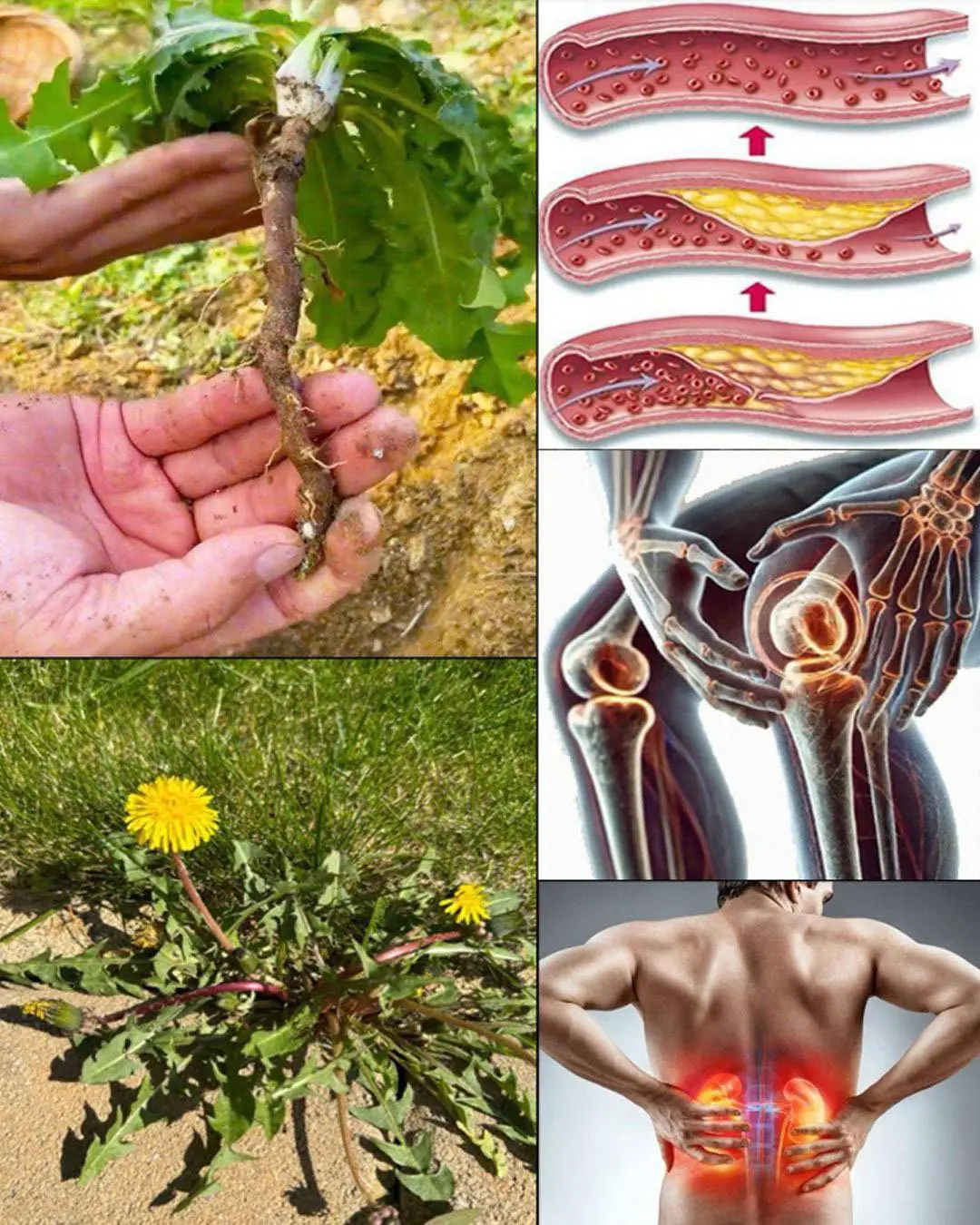
11 Benefits of Dandelion Roots
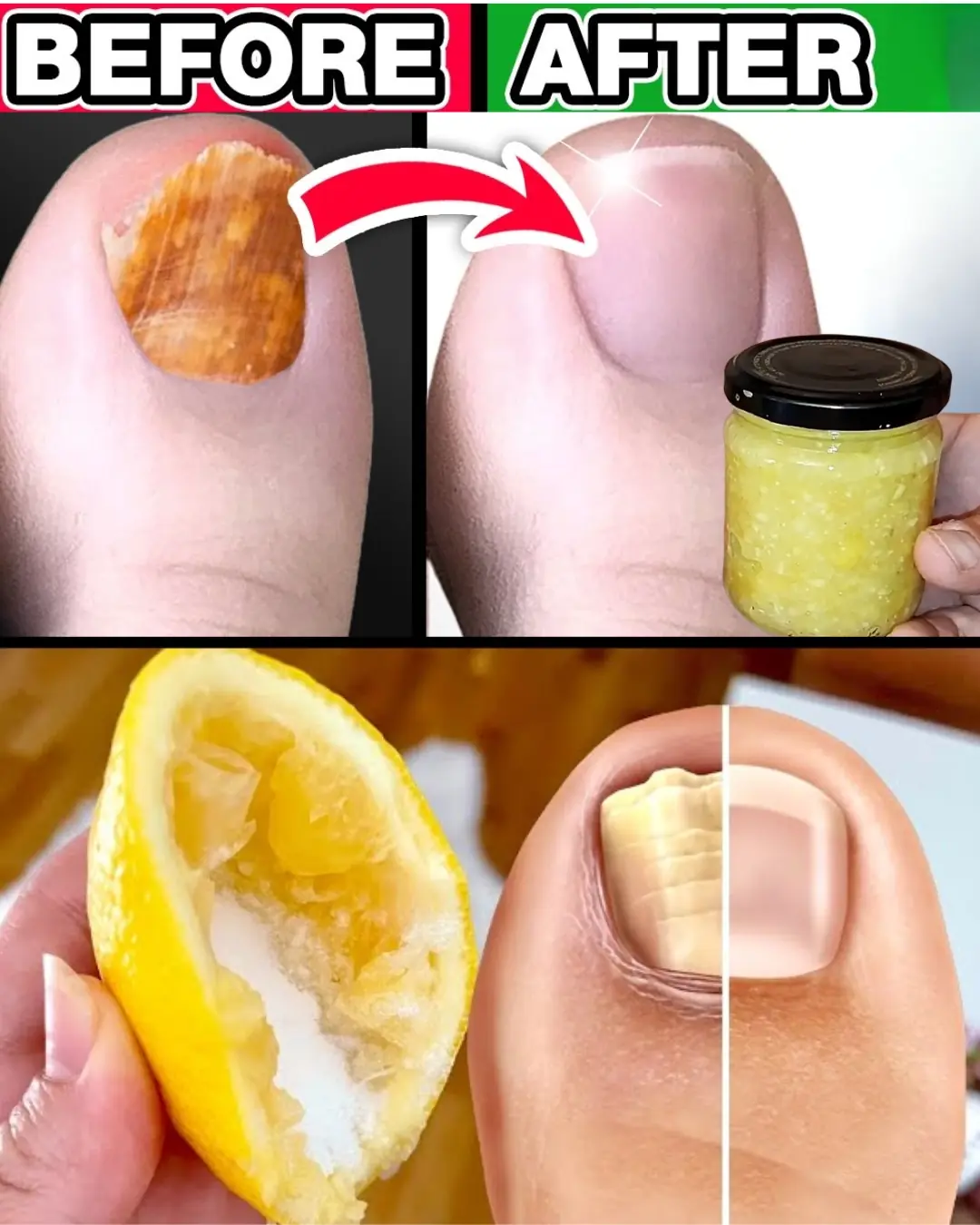
#1 Absolute Best Toenail Fungus Cure You Can Make at Home with Just 3 Ingredients
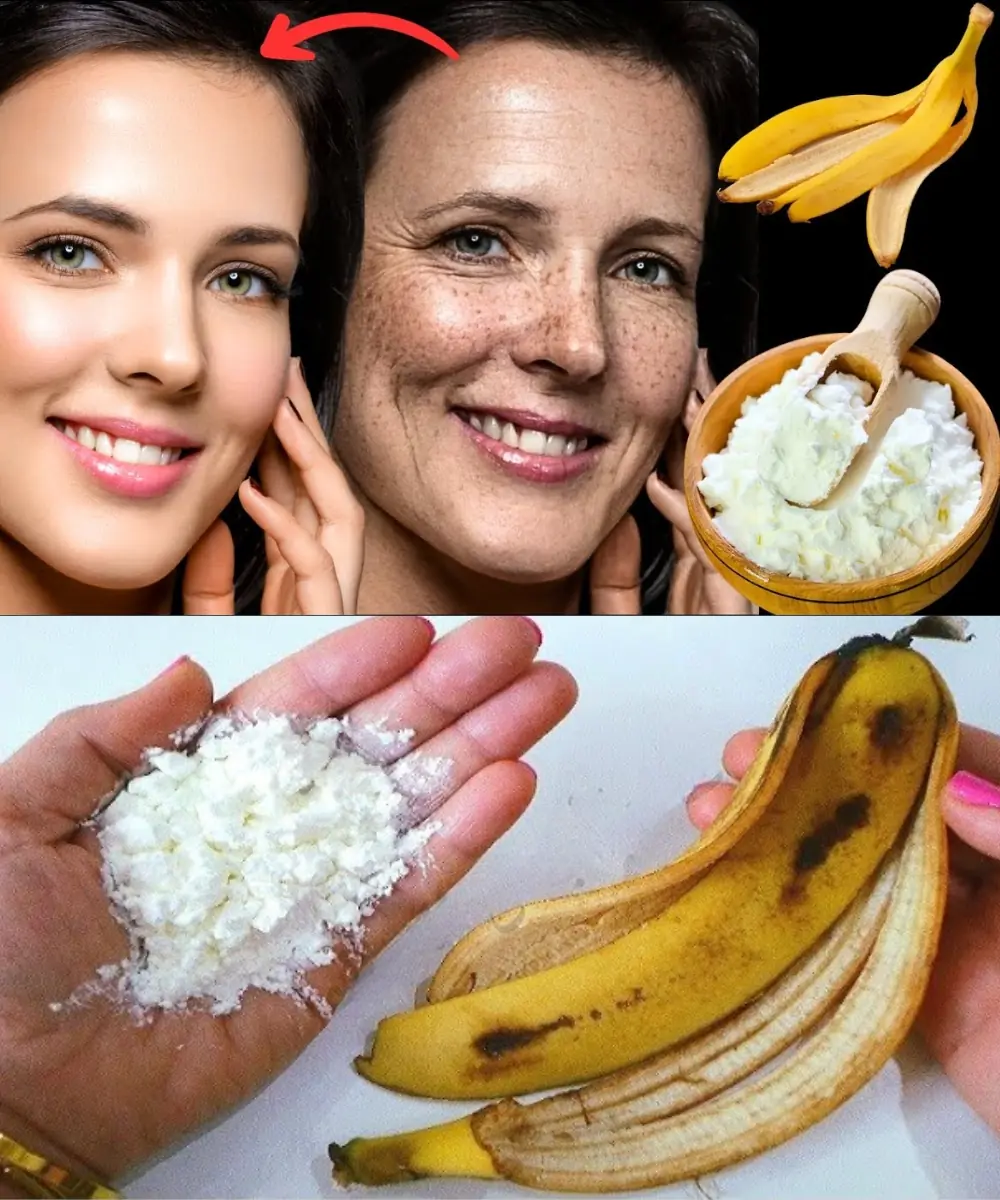
Banana Peel & Cornstarch: A Natural Skin Hack That Could Help You Look Younger
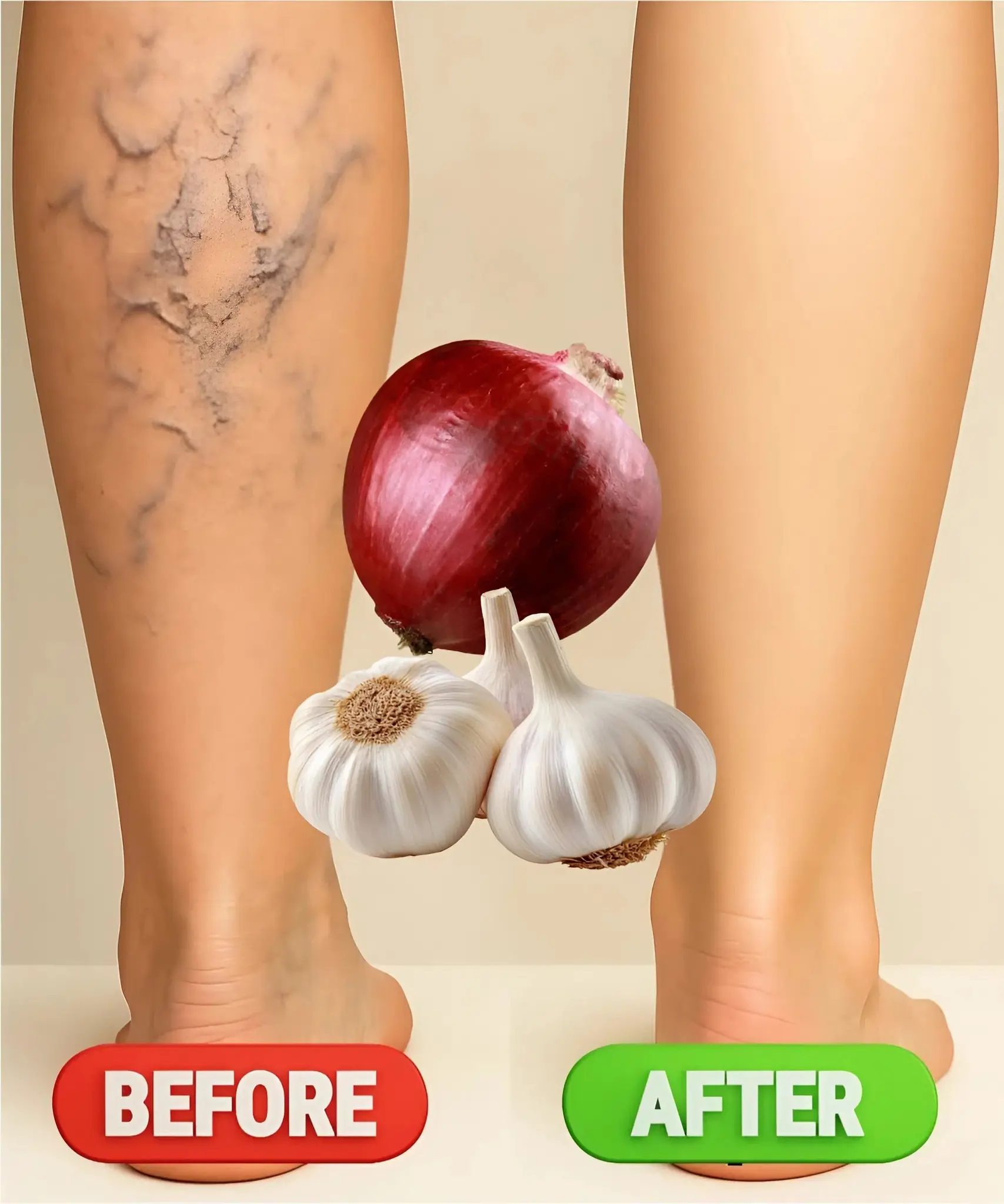
Homemade Remedies for Varicose Veins with Onion, Garlic, and Apple Cider Vinegar
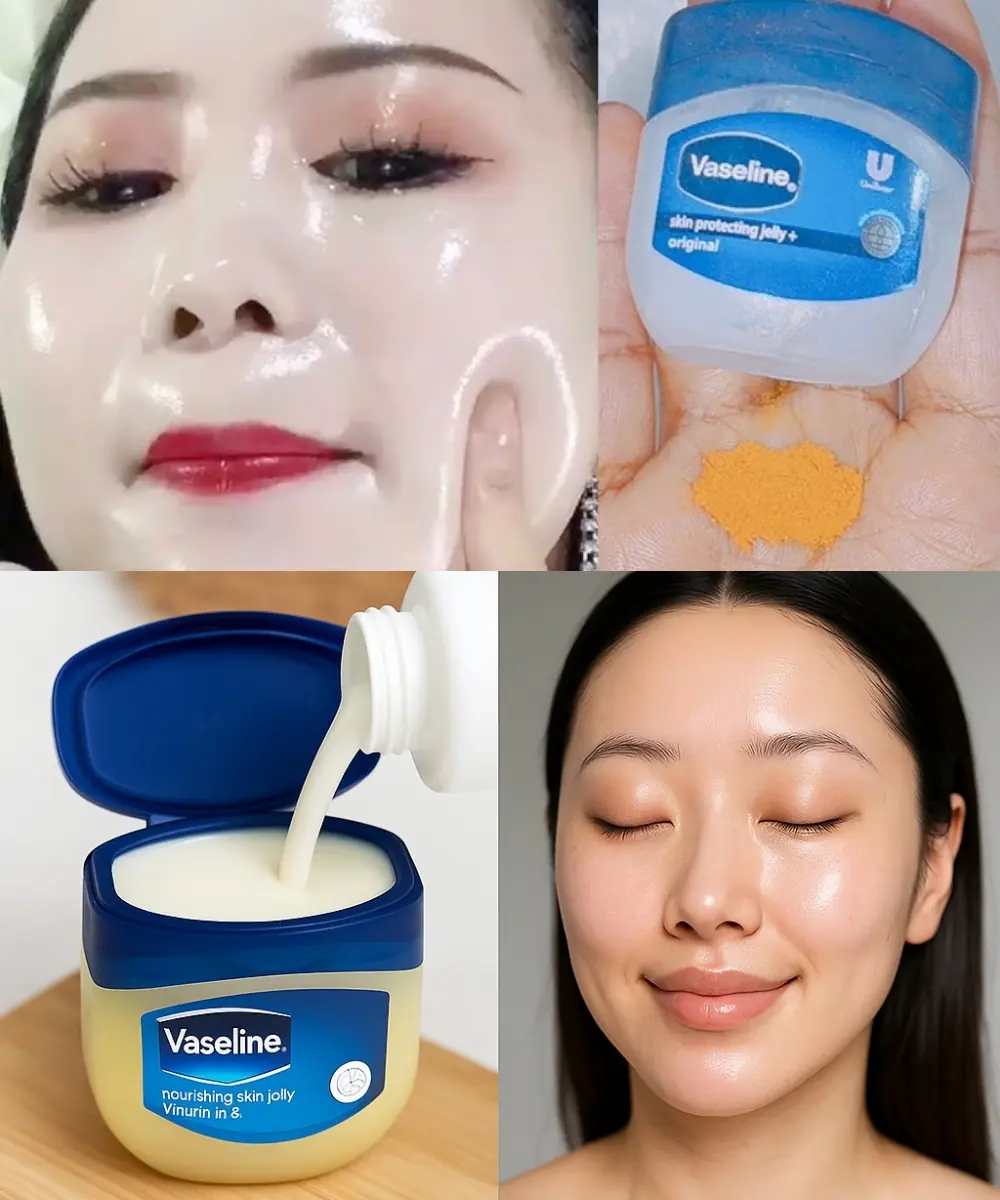
Crema Casera con Vaselina que Rejuvenece la Piel al Instante
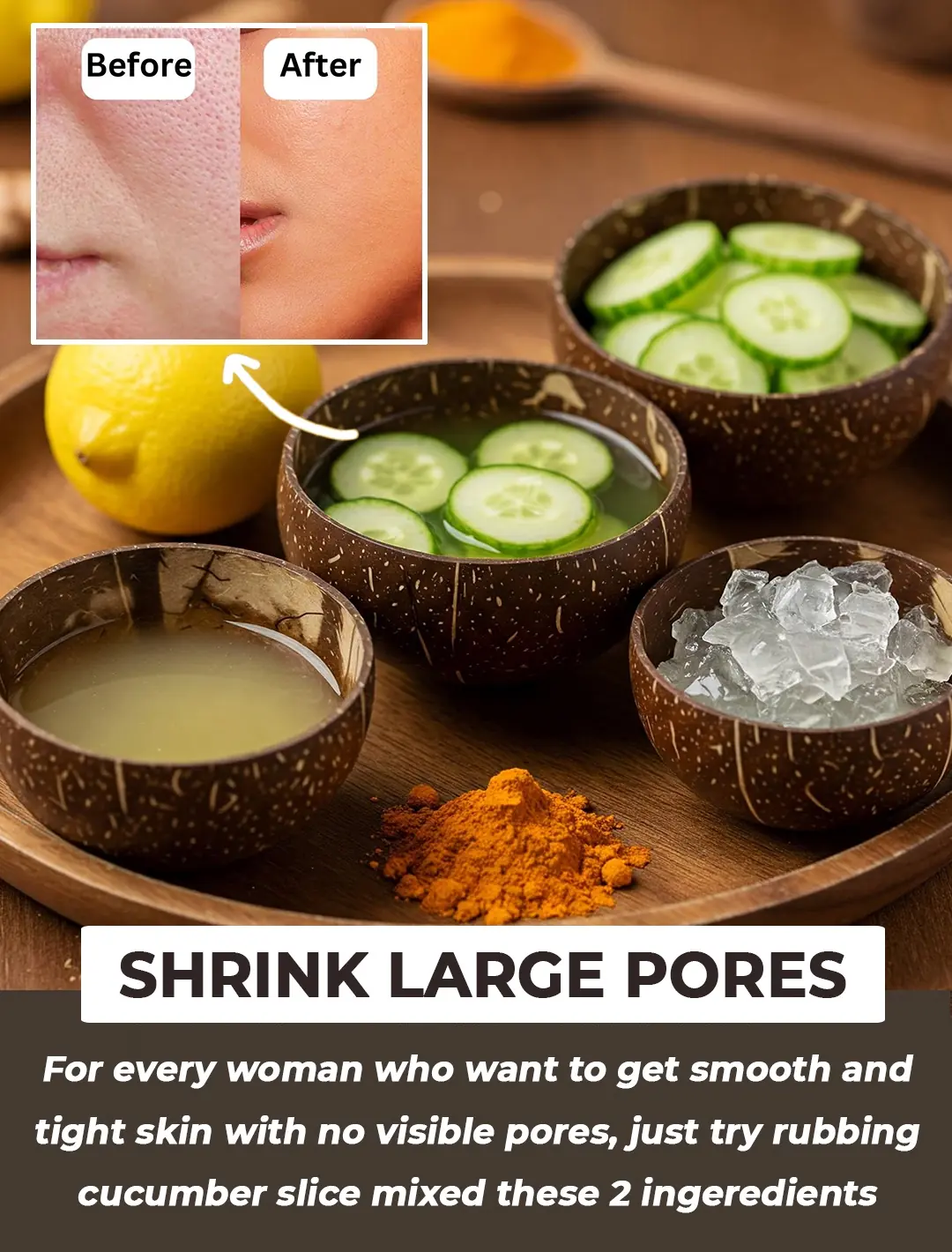
Top 5 Natural Remedies to Shrink Enlarged Pores and Achieve Smooth Skin
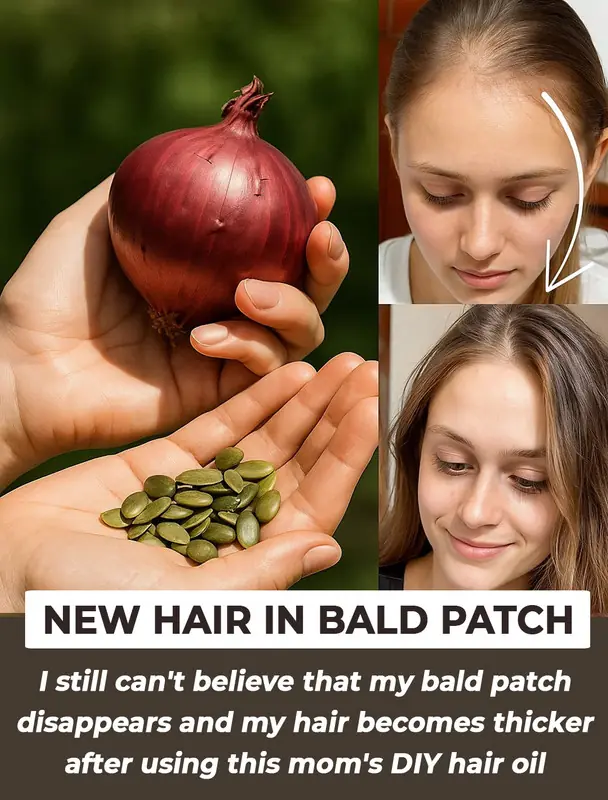
DIY Onion Sunflower Seed Oil: Get New Hair In Bald Patches

Homemade Carrot Oil for Glowing Skin: A Natural Solution for Dark Spots, Wrinkles & Anti-Aging
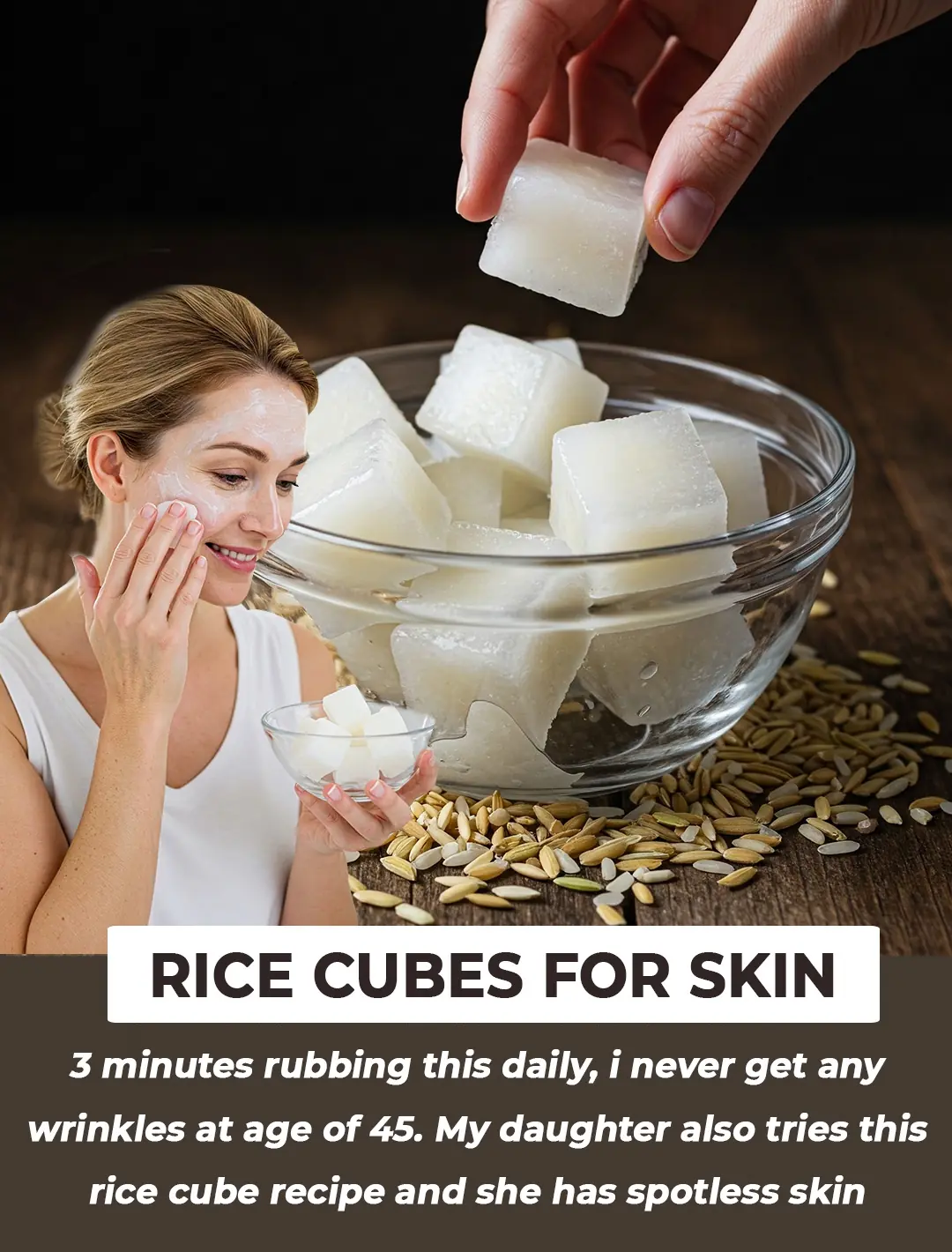
Glow Ice: Rice Water Cubes to Shrink Pores and Get Clear, Radiant Skin
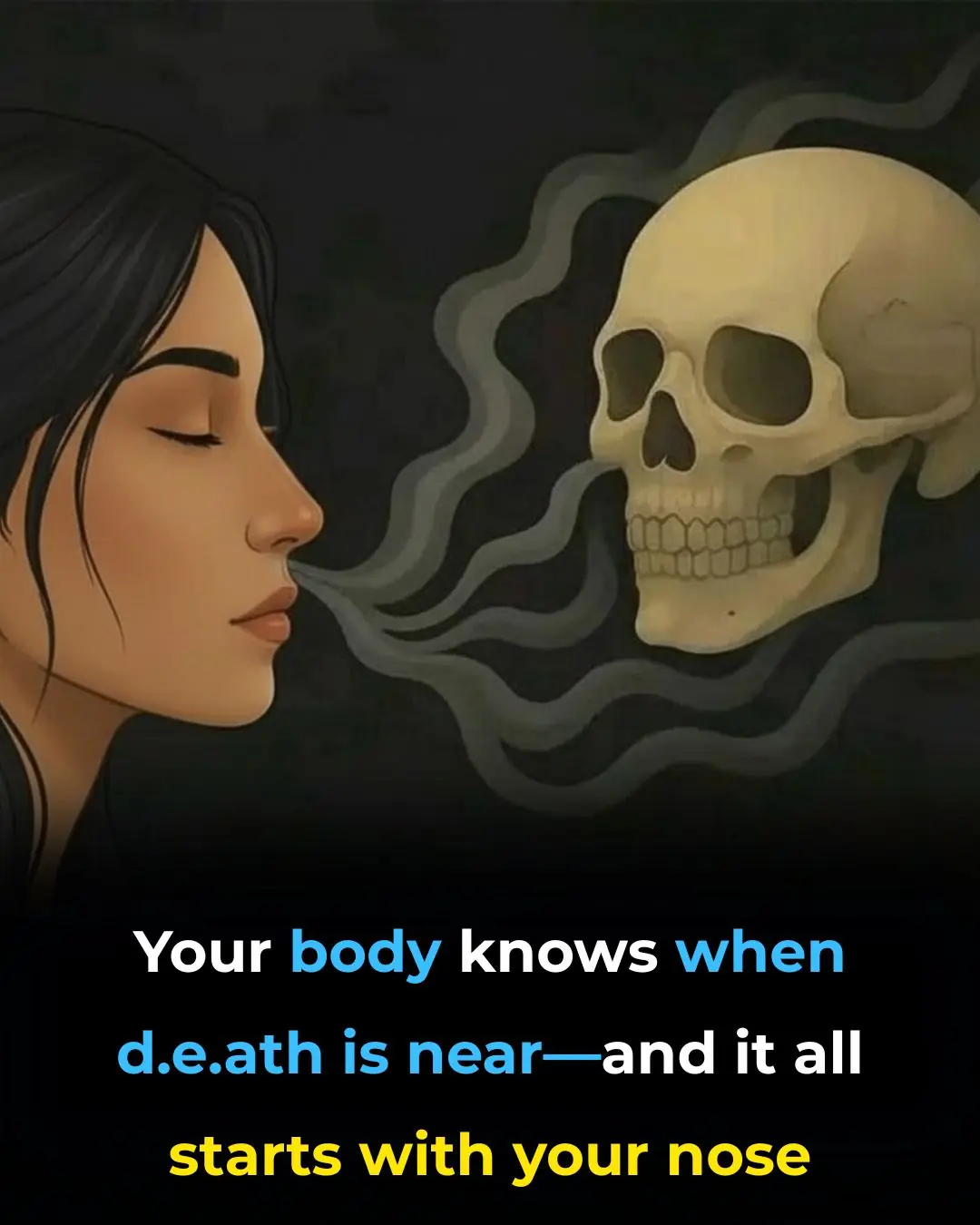
The Body’s Intuition: Signs of an Impending End
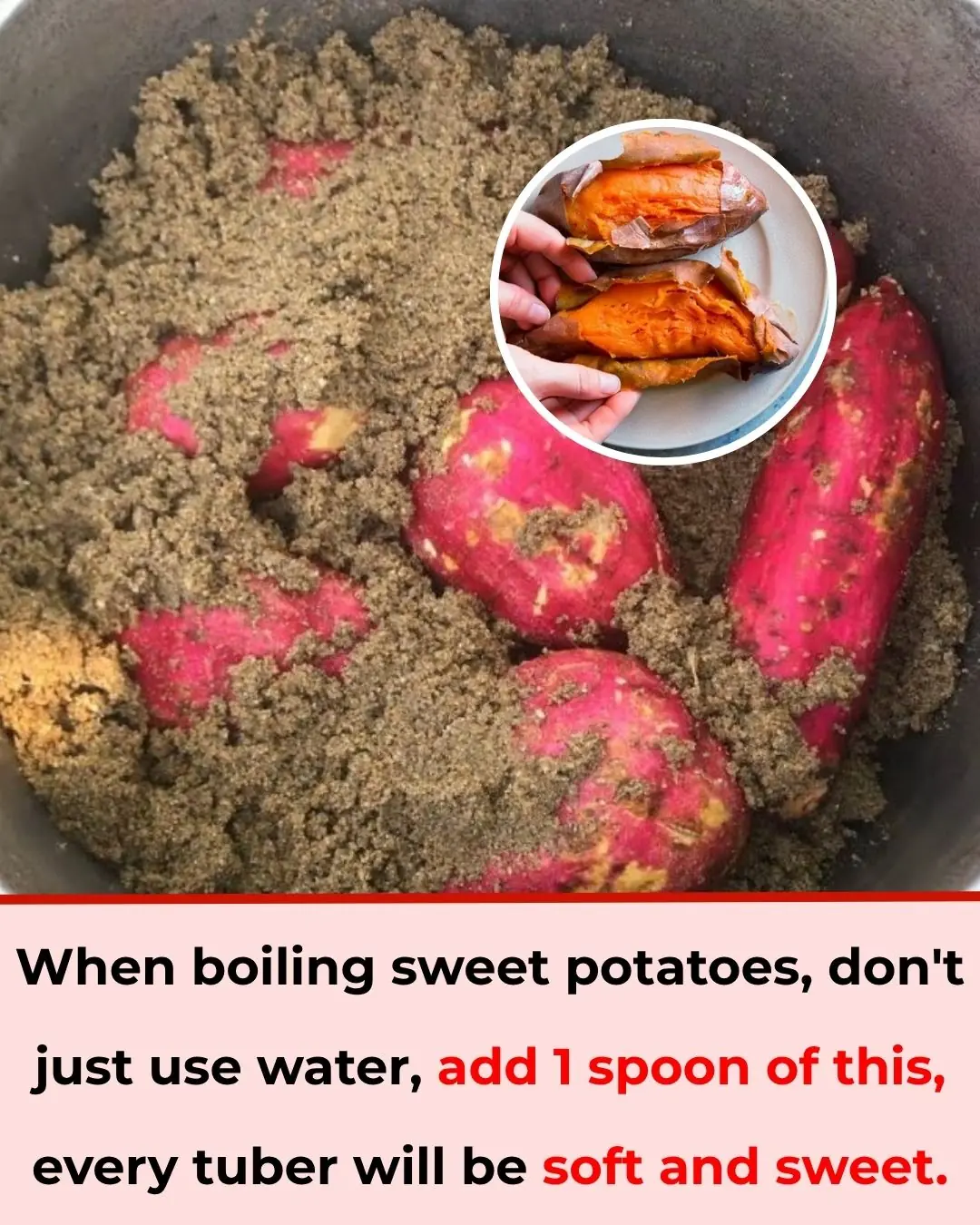
When boiling sweet potatoes, don't just use water, add 1 spoon of this, every tuber will be soft and sweet
